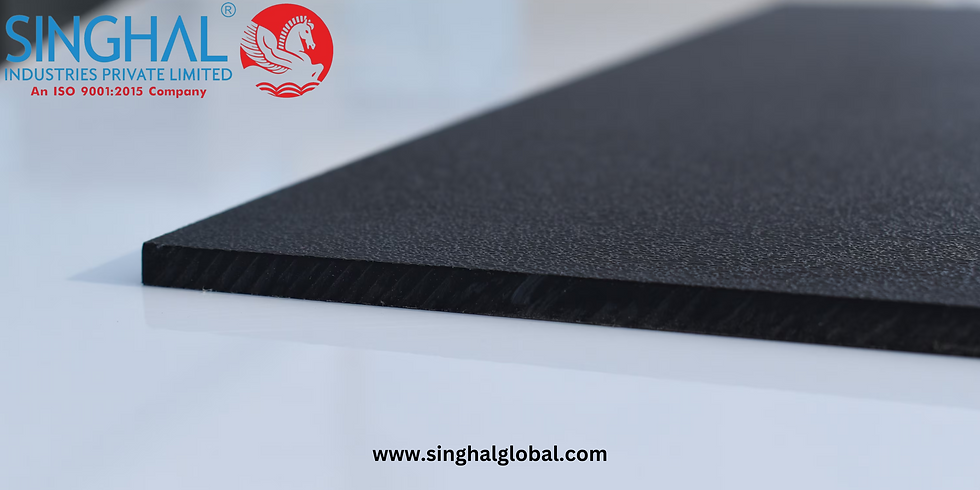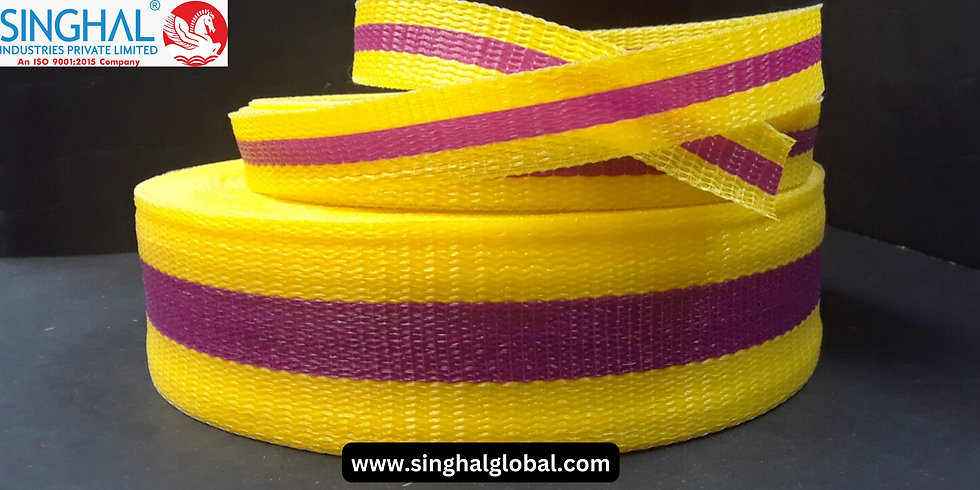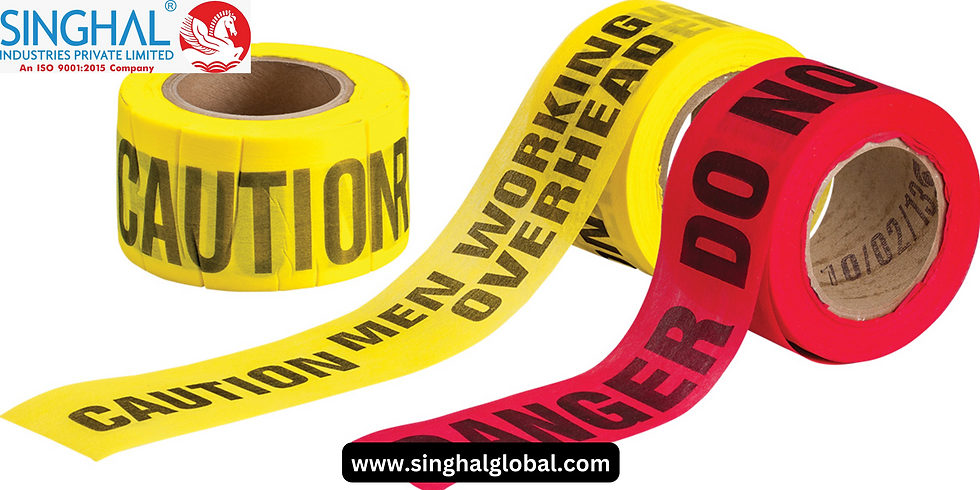Comprehensive Guide to Installing WPC Wall Panels
- Digital Mkt
- Jul 24, 2024
- 3 min read
Wood-Plastic Composite (WPC) wall panels have emerged as a versatile and durable option for both interior and exterior applications in residential and commercial spaces. Offering a blend of wood fibers and thermoplastics, WPC panels combine the natural look of wood with the low maintenance and durability of plastic. This guide will provide a step-by-step overview of installing WPC wall panels, covering essential considerations, benefits, and frequently asked questions.

Understanding WPC Wall Panels
WPC wall panels are manufactured using a mixture of wood fibers, thermoplastics (such as PVC, PE, or PP), and additives. This composition results in panels that mimic the appearance of wood while offering advantages such as moisture resistance, termite resistance, and minimal maintenance requirements. WPC panels are available in various colors, textures, and finishes, making them suitable for diverse Wpc Panels For Interior Walls design schemes.
Key Considerations Before Installation
Surface Preparation: Ensure the wall surface is clean, dry, and flat before installing WPC panels. Remove any existing wallpaper, paint, or debris to create a smooth base for installation.
Measurement and Planning: Measure the dimensions of the wall area where the panels will be installed. Plan the layout to determine panel placement, ensuring symmetry and alignment with architectural features.
Panel Acclimatization: Allow WPC panels to acclimatize to the room environment for at least 24-48 hours before installation. This helps prevent expansion or contraction after installation.
Tools and Materials: Gather necessary tools such as a measuring tape, level, saw (for cutting panels to size), adhesive or fasteners, and caulking gun (for sealing joints).
Installing WPC Wall Panels: Step-by-Step
Step 1: Prepare the Wall Surface
Clean the wall surface thoroughly to remove dust, dirt, and debris.
Repair any cracks or imperfections in the wall and ensure it is smooth and level.
Step 2: Measure and Cut Panels
Measure the height and width of the wall area to determine the size of panels needed.
Use a saw to cut WPC panels to the required dimensions, ensuring accurate cuts for a precise fit.
Step 3: Apply Adhesive or Fasteners
Apply construction adhesive evenly to the back of the WPC panel using a caulking gun. Alternatively, use screws or nails for fastening, depending on the panel and wall type.
Step 4: Install Panels
Place the first panel at the starting point, ensuring it is level and plumb using a spirit level.
Press the panel firmly against the wall to ensure good adhesion or secure it with screws/nails.
Continue installing subsequent panels, ensuring tight joints and maintaining alignment.
Step 5: Finishing Touches
Trim panels as necessary to fit around corners, doors, or windows using a saw.
Seal joints and edges with caulking to prevent moisture infiltration and enhance aesthetics.
Wipe off excess adhesive or caulking and allow panels to set according to manufacturer instructions.
Benefits of WPC Wall Panels
Durability: Resistant to moisture, rot, and termites, making them ideal for Wpc Wall Panel For Exterior applications.
Aesthetic Appeal: Available in various colors, textures, and finishes to complement different design styles.
Low Maintenance: Easy to clean with regular wiping or washing, requiring minimal upkeep compared to traditional wood panels.
Insulation Properties: Provide thermal and sound insulation, enhancing comfort and energy efficiency in buildings.
Wallpanel WPC Supplier in Ahmedabad Singhal Industries is a trusted supplier of WPC wall panels based in Ahmedabad, known for their commitment to quality and innovation. They offer a wide range of WPC panels suitable for interior and exterior applications, catering to residential, commercial, and industrial projects. Singhal Industries ensures their panels meet stringent quality standards, providing customers with durable and aesthetically pleasing solutions for modern architecture and design.
Conclusion
Installing WPC wall panels offers an excellent way to enhance the aesthetics and functionality of interior and exterior spaces. By following proper installation techniques and considering factors such as surface preparation, panel measurement, and finishing touches, you can achieve a professional and durable result. WPC panels from suppliers like Singhal Industries provide versatility, durability, and aesthetic appeal, making them a preferred choice for architects, designers, and homeowners seeking innovative building materials. Embrace the benefits of WPC wall panels to transform your living or working environment with style and sustainability.
FAQs
Q1: Are WPC panels suitable for exterior walls?
WPC wall panels are designed for both interior and exterior applications. Exterior-grade WPC panels are specifically formulated to withstand outdoor conditions including sunlight, rain, and temperature variations.
Q2: How do I maintain WPC wall panels?
Maintain WPC panels by regularly cleaning with a mild detergent and water solution. Avoid abrasive cleaners or solvents that could damage the surface. Periodically inspect panels for any signs of wear or damage.
Q3: Can WPC panels be painted? Yes, WPC panels can be painted with acrylic latex paint suitable for plastic surfaces. Ensure the panels are clean and dry before applying paint, and follow manufacturer guidelines for compatibility and application.



Great article! WPC wall panels are truly transforming modern interiors. I appreciate how clearly you explained the installation process—very helpful for anyone considering WPC for home or commercial use.